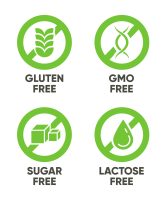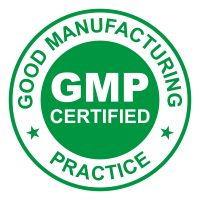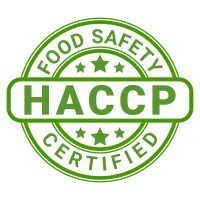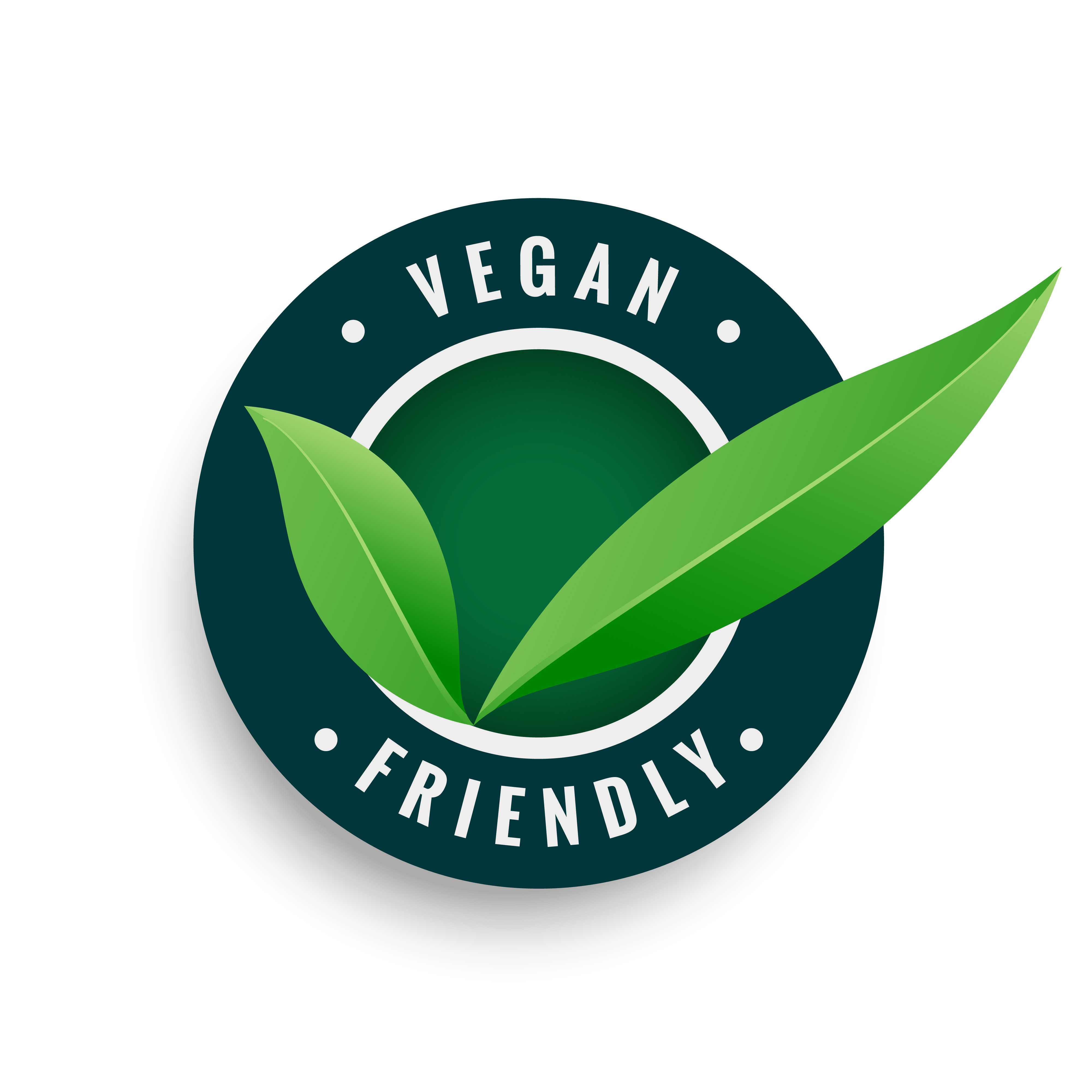
Astaxanthin contains the algae Haematococcus Pluvialis. This alga has recently received a lot of attention for its high content of astaxanthin.
The capsules also contain vitamin C and vitamin E, which help protect the body’s cells against degradation and strengthen the body’s cartilage and bone tissue.
Astaxanthin is a very potent antioxidant. Astaxanthin can bind to both the inside and outside of cell membranes and thus protect the entire membrane from free radicals. This is something unique and makes astaxanthin a very effective antioxidant.
The antioxidant effect might protect cells from damage. Astaxanthin might also improve the way the immune system functions. People use astaxanthin for many purposes, including Alzheimer disease, athletic performance, aging skin, muscle soreness from exercise, and many others.
Astaxanthin is a very potent antioxidant and this has been shown to have several positive effects in the body for various types of symptoms.

The recommended dose should not be exceeded. Dietary supplements should not be used as an alternative to a varied diet. Keep out of the reach of small children. Use it with care and speak with a doctor before taking it.

The recommended dose should not be exceeded. Dietary supplements should not be used as an alternative to a varied diet. Keep out of the reach of small children.
Astaxanthin is found in algae, for example Haemaococcus pluvialis, Chlorella zofingiensis, Chlorococcum and Phaffia rhodozyma. Since many fish eat algae, astaxanthin is also found in some fish and shellfish, including salmon, krill, trout, shrimp and crabs. The algae Haemaococcus pluvialis produces astaxanthin as a protective mechanism in stressful situations, for example when it is exposed to high temperatures, bright light, nitrogen deficiency or high salinity
Studies have shown astaxanthin’s antioxidant capacity to be 65 times more powerful than vitamin C, 54 times stronger than beta-carotene and 15 times the strength of vitamin E.
Astaxanthin is a small unicellular microalgae that, despite its size, does so much good. The name comes from the Greek Haema meaning blood and coccus meaning seed and the Latin word Pluvialis meaning rain. Its name refers to the algae’s red content, even though it actually belongs to green algae. But it is the red content that has drawn attention to the algae. The species thrives best in clear lakes, near surface water in ponds and in puddles. The algae goes through several different phases and during its transformation process a red pigment is formed inside the cell called astaxanthin. Astaxanthin is a natural substance and an antioxidant that protects the algae from breaking down.
Astaxanthin is considered a natural carotenoid and is also the substance that gives shellfish and salmon its red color. Carotenoids are also a precursor to vitamin A, which is needed for vision, skin and mucous membranes to function normally. Carotenoids are thus a provitamin A, which means that the body can convert it into vitamin A when needed. Carotenoids belong to a group of organically fat-soluble nutrients and dyes which occur naturally in plants, including algae. Carotenoids give the algae both its color and act as a protection – an antioxidant.



